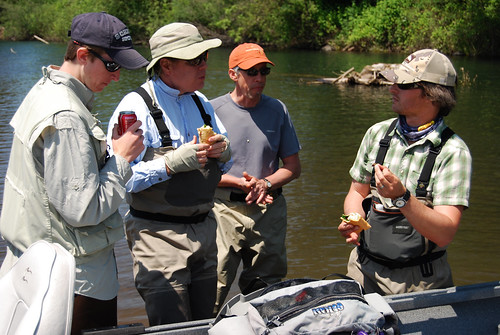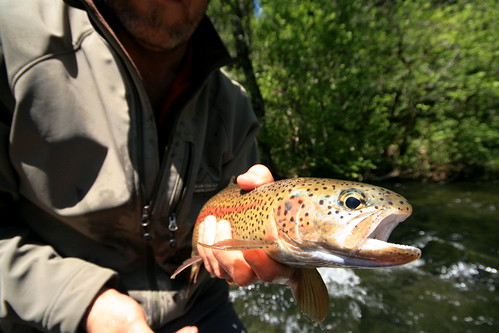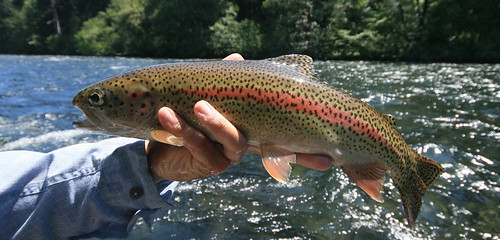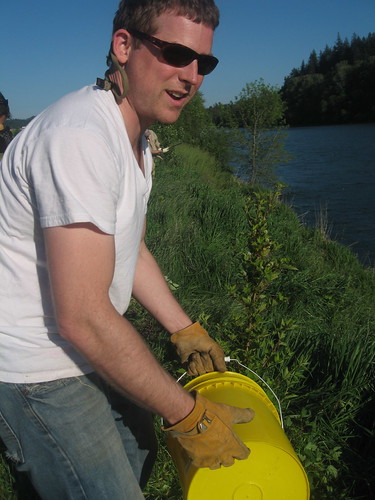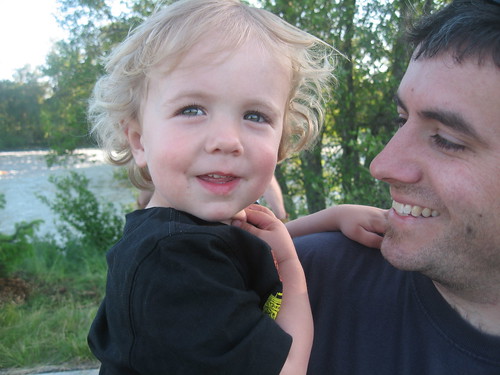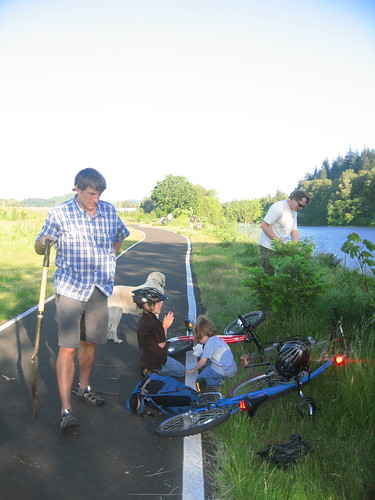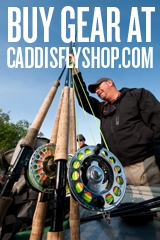Lou, Caddis shop employee/guide visited Christmas Island last week, along with a group of four, in the Republic of Kirbati. Christmas Island is known for bonefishing and the pursuit of Giant Trevally. The neat thing about bonefishing is that it tests just about everything involved in fly fishing; vision, casting, knot tying, fly tying, and equipment: drags, rods, lines, fanny packs, and hooks!

Christmas Island is one of the best bone fishing destinations in the world for both beginning and advanced saltwater fly fishing on endless flats, with remarkable numbers of cruising bonefish and trevally. Christmas Island is said to be, if not the largest, one of the largest atolls in the world. The flats are so large or long it’s not uncommon to fish all day and never see another group!
Christmas Island also offers great offshore fishing, catching tuna, wahoo, and billfish. Our hosts were Ikari House. This is a newer lodge on Christmas Island. Ikari House has a great staff, great guides, air conditioned rooms, complete with private baths, and great meals each day.

Lou kept a log each day and here are the key events and stats for each day for the group.
Day I
Guides: English, Ray and Tookey
Flats fished; 9 mile, Ikari House Secret Spot, Elena, and Ren
Conditions: Slight Breeze, scattered clouds, water & air temp 80
Bones caught: 84
Bones lost; 53
*Toasted: 4
Flies used; George Bush, Xmas Island Special, Marabou Shrimp, “the worm”
Equipment issues; Frayed leaders, bent hooks
Angler Issues; Line around wrists, other body parts and reel seats; encounter with small reef shark.
General Comments; Awesome weather, fishing, even the Aussie Beer tastes good, PR day for Marc…..and it’s only Day 1! Six more to go…

Day 2
Bones Caught; 75
Bones lost; 27
Toasted; 1
Flats Fished; Orvis, 9 mile, elena, go like hell, and Ikari Secret Spot
Conditons; same as yesterday
Flies Used; Marabou Shirmp, Xmas Island Special, pearl and yellow
General comments; Trevally!…just another day, 3 doubles at Ikari Secret Spot.
Day 3
Flats Fished; Paris, Whisper, Smokey, Ikari Secret Spot, Big Eddy
Conditions; most windy today & many clouds
Bones Caught; 45
Bones lost; 28
Toasted; 3
General comments; Trevally for Lou and Wink, two anglers blue water fishing for half of the day, barracuda and trevally caught while trolling out to flats.

Day 4
Flats fished; Paris, Why Sight, Pancake Flats, Ikari Secret Spot
Conditions; tough wind today! not as cloudy
Bones Caught; 47
Bones Lost; 27
Toasted; 3
General comments; 3 travally caught, saw tuna chasing bait fish, large schools of bones at Paris flat observed.
Day 5
Flats fished; Paris, Texas, Big Eddy, Barry Rob, Ryan
Conditions; cloudy in the morning, afternoon good
Bones caught; 21
Bones lost; 23
Toasted; 3+
General comments; Lou had a 2/0 hook straighten by a trevally, 29 1/2′ bone caught by Hugh, 2 anglers blue water all day, 30 lb trally caught by Lou, est. 50lb trevally lost by Marc, Wink caught a nice skip jack and we had awesome sushi that night!
Day 6
Flats fished; Paris, Smokey, Texas, Whisper
Bones caught; 25
Bones lost; 14
Toasted; 0
General comments; Conditions were good. Large schools at Paris, many PR’s set for large bones, the schools had easily over 100 fish per school…all on the bite! It was windy, and casting into the wind was tough but very, very, rewarding!
*Toasted; both angler and reel screaming into backing, a very large fish heading for Australia, with no way of turning it back!


Another post later this week for Day 7 : The Grand Finale!








